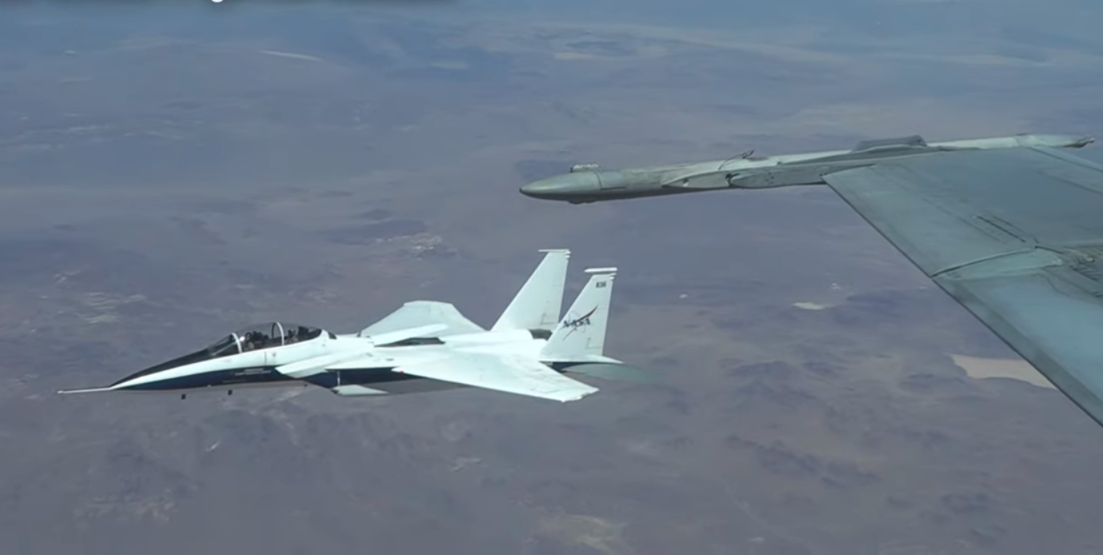
Credit: NASA
Validating the quiet supersonic performance of NASA’s X-59 QueSST low-boom flight demonstrator will require precise measurement of the shock waves generated by the aircraft and how they propagate through the atmosphere to the ground. To that end, the agency has flight tested a visual navigation...
Subscription Required
This content requires a subscription to one of the Aviation Week Intelligence Network (AWIN) bundles.
Schedule a demo today to find out how you can access this content and similar content related to your area of the global aviation industry.
Already an AWIN subscriber? Login
Did you know? Aviation Week has won top honors multiple times in the Jesse H. Neal National Business Journalism Awards, the business-to-business media equivalent of the Pulitzer Prizes.
